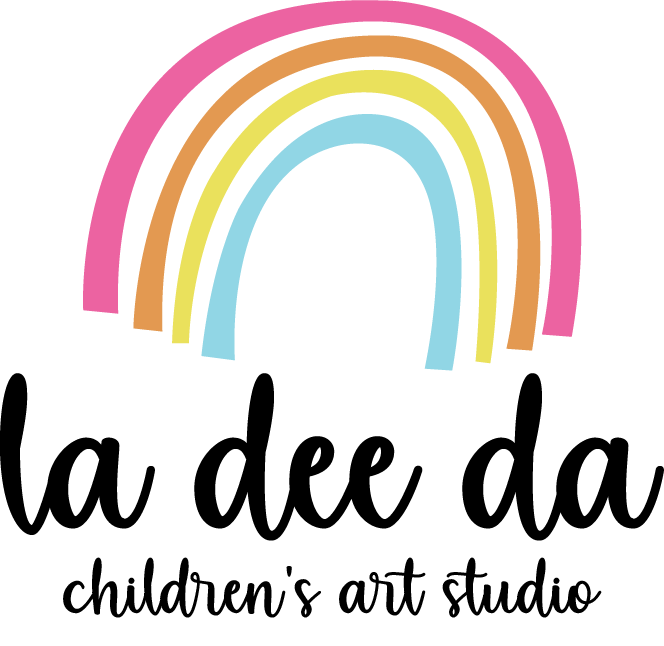Your cart is currently empty!
How to talk to kids about their art

 This is a pretty common scenario played out as so…Your child comes to you with a picture he/she has just drawn or brought home from school. You look at it and say something like, “Wow, that’s beautiful sweetheart.” Then you put it on the fridge.
This is a pretty common scenario played out as so…Your child comes to you with a picture he/she has just drawn or brought home from school. You look at it and say something like, “Wow, that’s beautiful sweetheart.” Then you put it on the fridge.
And that is pretty much the end of it. While there is nothing wrong with this scenario, if you want your child to think critically and creatively about their art, you could use this opportunity to ask some open-ended questions. Here are some suggestions to get you started:
DO:
- ASK them to tell you about their artwork: Don’t try to guess what it is. This open-ended question is a great way to get kids talking about their art. It is especially good if you cannot tell what the picture is. Nothing worse than saying, “What a lovely horse.” only to have the child tell you it is supposed to be a dog.
You could even ask them something like,How were you feeling when you made this picture? Connecting emotions with creative expression can be very powerful for a child.
- COMMENT on the lines or colors, etc. that they are using (I see that you are making lots of purple dots. I like how the red paint is mixing with the yellow paint here.)
- Talk about the shapes you see. Sometimes children who are just learning to write will mix letters in to their drawings, even if unintentional. You can point these out as well as other geometric shapes. “This right here almost looks like a letter ‘P’” or “Oh my, I see a lot of circles on your paper!”
- ACKNOWLEDGE how hard (carefully, enthusiastically, long) they worked on their artwork
- Ask “What is that?”
- Say an automatic “That’s pretty” (cool, beautiful)
DON’T:
Remember, a two-year-old is generally not going to be able to draw with the same intention and ability as a six-year-old. They may both draw people but they will look vastly different and you may not be able to tell that they’re both people. By keeping the conversation open-ended and focused on the child’s intention rather than what your adult brain perceives, you can help create life-long creators who aren’t afraid to “mess up” (which is impossible in the realm of art, anyways).

